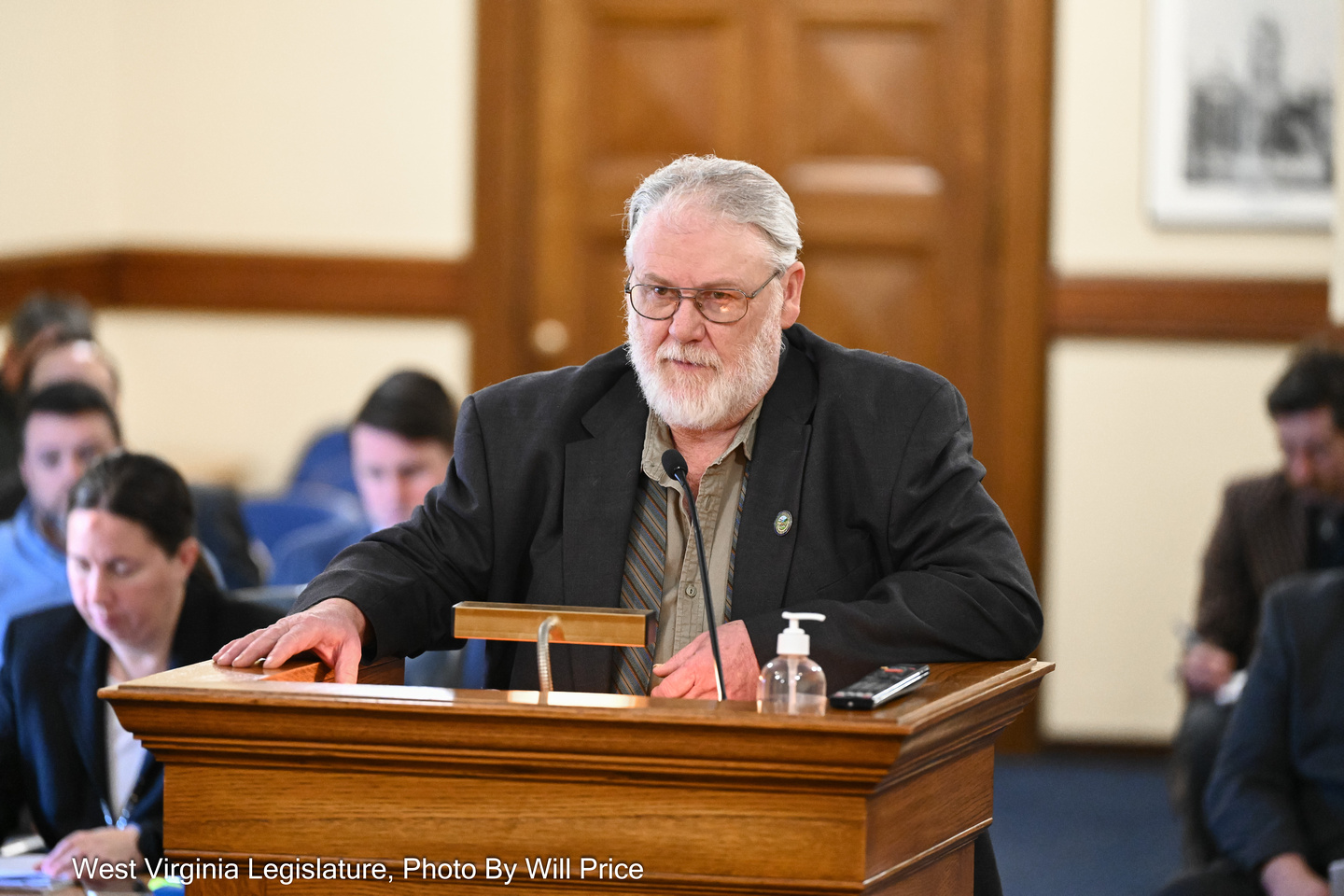State transportation officials closed a bridge in the Northern Panhandle last month, and the funds are not there to fix or replace it.
State Transportation Secretary Jimmy Wriston told lawmakers Tuesday that none of the nearly 7,000 bridges in West Virginia would be open if they were not safe.
On Dec. 21, his department shut down the Market Street Bridge, which crosses the Ohio River from Brooke County to Steubenville, Ohio.
The closure of the bridge, built in 1905, angered local officials. But Wriston estimated the bridge would cost tens of millions of dollars to fix – funds he doesn’t have.
“If we were fortunate enough to get an earmark, one of our senators sent me a $60 million down here today and said, ‘Have at it.’ Oh, we’ll start the process today,” Wriston said Tuesday. “But I don’t have Market Street in our six-year plan. It’s not there.”
Federal funds have been made available under the 2021 infrastructure law to fix bridges.
The Division of Highways plans to inspect the 1,800-foot bridge later in the month without a live load. It said the steel strands inside the bridge’s support cables have been rapidly deteriorating.
